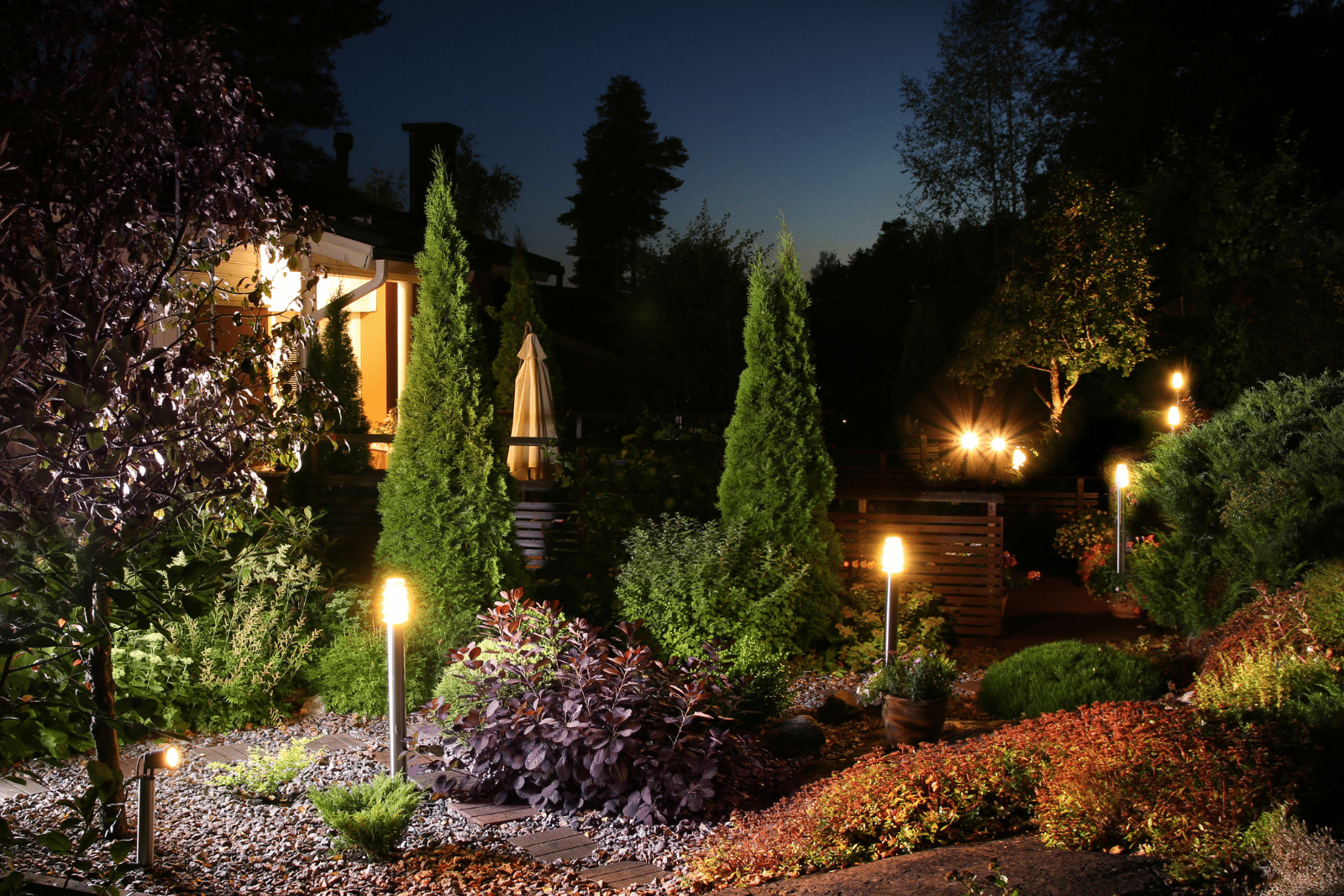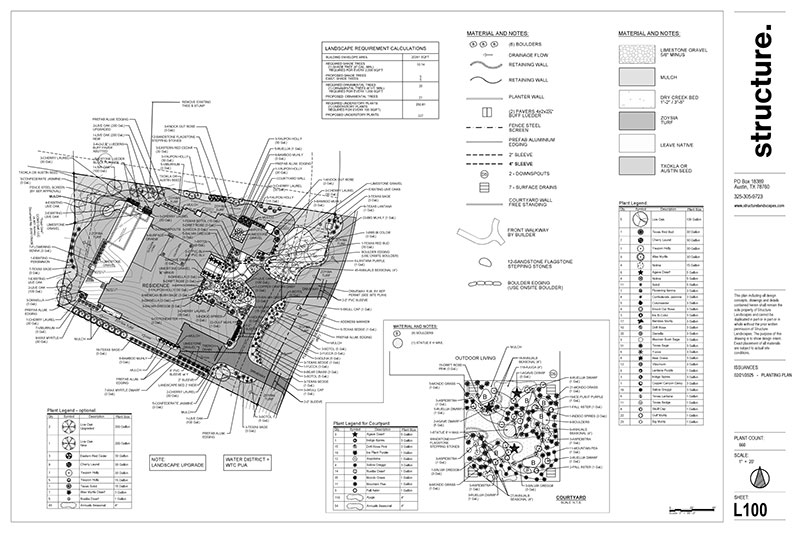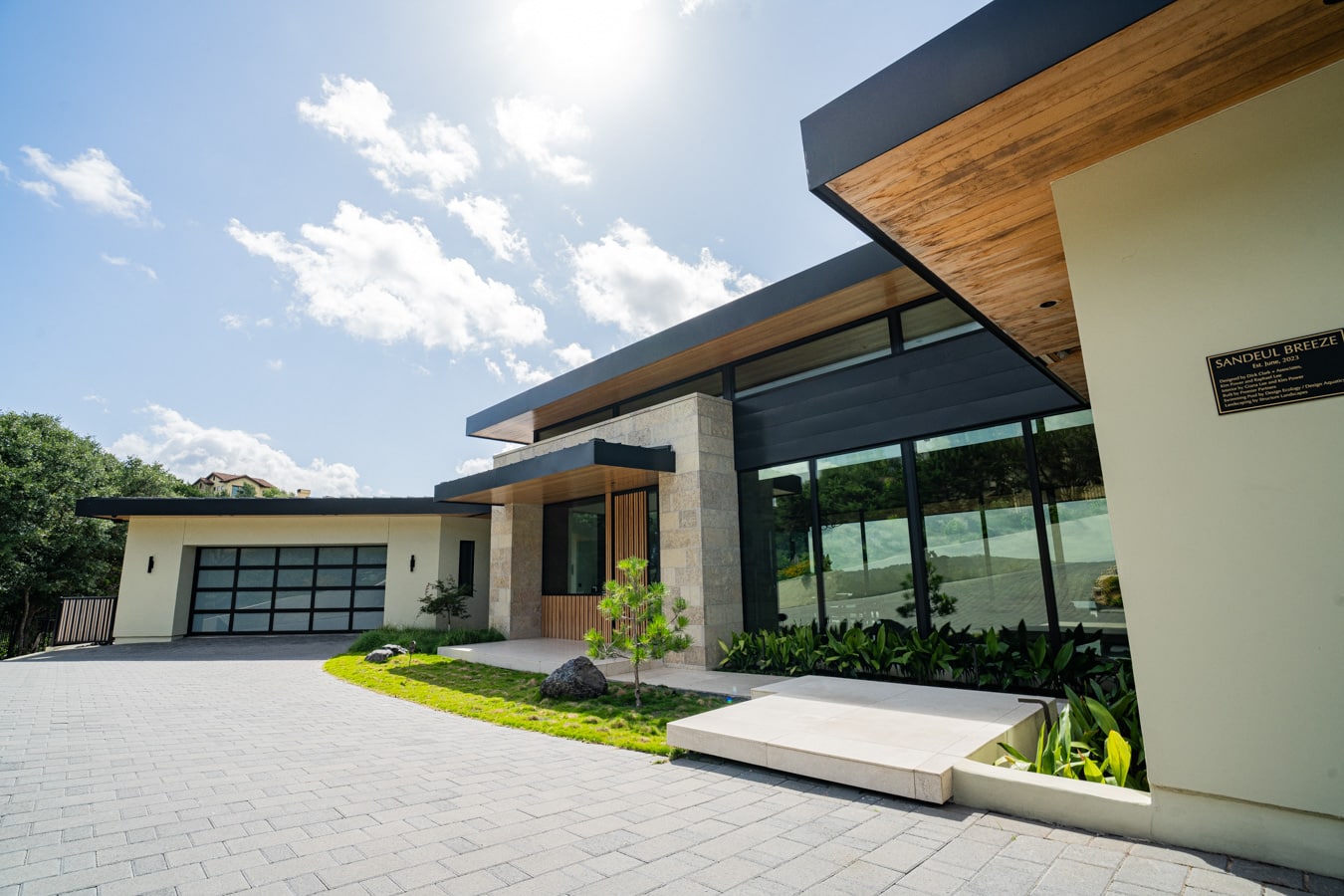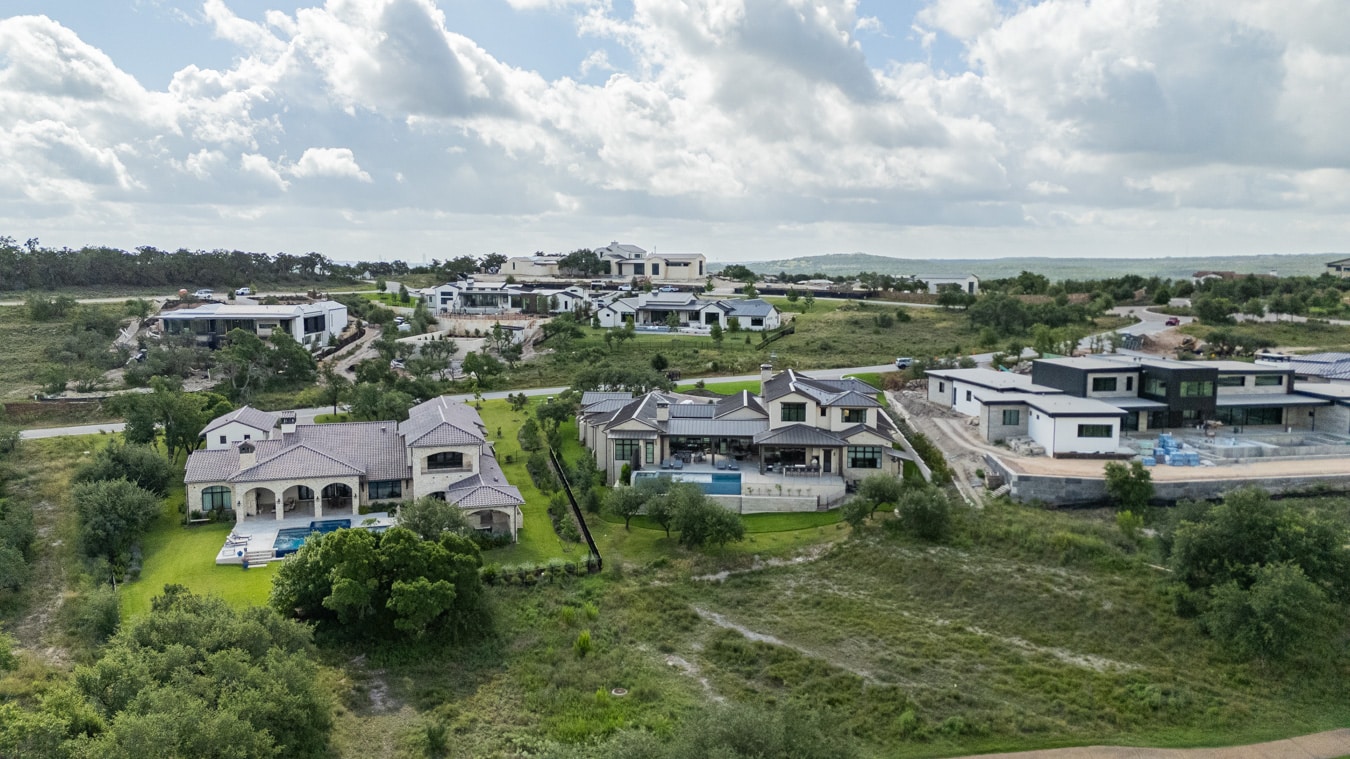Good landscape lighting can transform your outdoor space, making it more inviting and functional. To design effective landscape lighting, focus on highlighting key features and creating a balanced look that enhances the beauty of your yard. With the right fixtures and placement, you can increase the aesthetic appeal while also improving safety and security.
Consider the benefits of landscape lighting when planning your design. It can extend the enjoyment of your yard into the evening, allowing you to host gatherings or simply relax outside. Additionally, proper lighting can showcase paths, driveways, and gardens, making your home feel warm and welcoming.
As you explore landscape lighting options, remember that a well-thought-out design not only adds charm but also value to your property. Contact Structure Landscapes today at (512) 461-0290 to schedule a consultation and learn more about how our landscape lighting and landscape design services can transform your outdoor spaces.
Understanding Landscape Lighting Basics
Landscape lighting can enhance the beauty of your outdoor space while also providing safety and functionality. You need to know the types of lighting fixtures, why design is important, and how to choose the right color temperatures.
Types of Landscape Lighting Fixtures
There are several types of landscape lighting fixtures that you can choose from. Each type serves a specific purpose. Here are some common examples:
- Path Lights: These fixtures illuminate walkways and garden paths. They help guide visitors safely.
- Spotlights: Spotlights focus light on a specific area, such as a tree or sculpture. They create a dramatic effect.
- Flood Lights: These provide wider illumination for larger areas. They are useful for security and highlighting landscapes.
- Wall Washers: These fixtures cast light on walls or fences. They create a soft glow that can enhance textures.
Selecting the right fixture is essential for achieving your desired effect while maintaining balance in your outdoor space.
Importance of Lighting Design
Lighting design plays a key role in how your outdoor space looks and feels. A well-planned design can highlight features, improve safety, and create ambiance. For example:
- Layering: Use a mix of lighting types for depth. Combine path lights, spotlights, and ambient lighting.
- Focal Points: Identify features you want to showcase, like trees or gardens. Lighting these areas draws attention.
- Safety: Proper lighting helps prevent accidents. Brighten stairways and dark corners to ensure safe movement at night.
Thinking about these design elements will help you create a landscape that is both functional and attractive.
Choosing the Right Color Temperatures
Color temperature affects the mood of your outdoor space. Light can range from warm white to cool white. Here’s what to consider:
- Warm White (2700K to 3000K): This color creates a cozy and inviting atmosphere. It’s ideal for gardens or patios where you want people to relax.
- Cool White (4000K to 5000K): Cool white light appears brighter and is more energizing. It works well for security lighting or areas where you need to see details clearly.
Choosing the right color temperature depends on the effect you want to achieve. Mixing different temperatures can also add complexity to your design, so experiment with what looks best for your space.
Strategic Planning and Design
Planning your landscape lighting means knowing what to highlight, how to layer your lights, and understanding beam spread and lumens. By focusing on these areas, you can create an inviting outdoor space that enhances your home’s features.
Identifying Focal Points and Architectural Features
Start by identifying the key focal points in your yard. These can be trees, sculptures, or pathways that draw attention.
Next, look at your home’s architectural features. These include windows, doors, and unique structures. You want your lighting to enhance these elements, not wash them out.
Use lighting to create shadows and depth. For example, a well-lit tree can show off its bark and branches, while a lit pathway draws your guests in. Consider placing lights at different heights for a more dynamic look.
Layering Lights for Outdoor Spaces
Layering is key to effective landscape lighting. Use ambient, task, and accent lighting together to achieve balance.
Ambient lighting provides overall illumination. Think about string lights or ceiling-mounted fixtures that create a warm glow throughout your space.
Task lighting serves specific purposes. Use it to light up areas where activities occur, like grilling or dining areas.
Accent lighting is used to highlight special features. Spotlights on a fountain or uplighting on a tree add interest.
Make sure that each layer shines without overpowering the others. This creates a harmonious atmosphere.
Calculating Beam Spread and Lumens
Understanding beam spread and lumens is crucial for effective lighting design.
Beam spread refers to how wide the light is cast. Tight beams focus light on specific features, while wider beams provide broader coverage. Consider the purpose of each light when choosing the spread.
Lumens measure the brightness of the light. More lumens mean brighter lights. Match the lumen output to the intended use. For pathways, lower lumens can create a soft glow, while bright lights might be better for accentuating tall trees.
By carefully considering beam spread and lumens, you can achieve the right balance for your outdoor spaces. Use this knowledge to choose fixtures that complement your landscape design.
Installation and Technical Considerations
When installing landscape lighting, it’s crucial to focus on safety and the right connections. You also want to think about using timers and transformers for efficiency. Each element plays a vital role in making your lighting work safely and effectively.
Electrical Safety and Security
Before you start, ensure you have safety measures in place. Always turn off power at the circuit breaker when working with electrical items. Use outdoor-rated fixtures and wire connectors to prevent short circuits.
Ground-fault circuit interrupters (GFCIs) are essential for outdoor setups. They cut the power if there’s a fault, reducing the risk of shock. Secure all connections properly to avoid water damage or corrosion.
Consider using tamper-resistant outlets for more safety. This can prevent unauthorized access to your electrical system, keeping your home and family secure.
Wiring and Connectivity
Wiring is a key part of landscape lighting installation. You should use low-voltage wiring for safety and efficiency. This type of wire is easier to handle and reduces the risk of electrical shock.
Make sure to choose proper gauge wire for your lighting load. For example, 12-gauge wire is suitable for runs longer than 100 feet. Check all connections to ensure they are tight and weatherproof.
Using quality wire connectors will help prevent issues down the line. Use heat-shrink connectors for waterproofing and durability. Proper wiring helps maintain consistent brightness and prevents flickering.
Automation with Timers and Transformers
Timers and transformers add convenience and efficiency to your landscape lighting. A transformer steps down the voltage from your home supply to a safe level for outdoor use. For most systems, 12 volts is suitable.
Install a timer to control when your lights turn on and off. This not only saves energy but also ensures your home is lit at optimal times. You can set schedules for different seasons, making management easy.
Consider smart timers that allow remote control via your phone. This gives you flexibility to change settings without having to go outside. Combining these tools will enhance the usability of your landscape lighting.
Lighting Up the Night: Final Touches
To create a serene nighttime landscape, focus on choosing the right bulbs and properly maintaining your lighting system. These final steps enhance the overall aesthetic appeal and ensure your lighting remains efficient and effective.
Choosing LED Bulbs and Energy Efficiency
When selecting bulbs, LEDs are often the best choice. They use less energy compared to traditional bulbs, which lowers your electricity bills.
Consider these benefits of LED bulbs:
- Longevity: They can last up to 25,000 hours.
- Brightness Options: Choose from soft white for warmth or bright white for clarity.
- Integrated LED: Some fixtures come with built-in LEDs, which require less maintenance.
You can maximize curb appeal with carefully chosen colors and styles. Match your bulbs to the style of your home to create a cohesive look. This attention to detail elevates your landscape beauty while saving energy.
Maintaining and Updating Your Lighting System
Regular maintenance is key to keeping your landscape lighting effective. Inspect your fixtures at least twice a year. Look for:
- Dirt Build-Up: Dirty fixtures can block light.
- Damaged Wires: Frayed or exposed wires can pose safety risks.
Keep your yard well-trimmed to avoid light obstruction from plants. Consider updating fixtures when needed to ensure stylish and functional design. Newer models may provide better energy efficiency and more design options.
Keeping your system maintained and updated ensures it complements your outdoor space beautifully.
At Structure Landscapes, we illuminate the beauty of Central Texas landscapes with our Landscape Lighting services.





